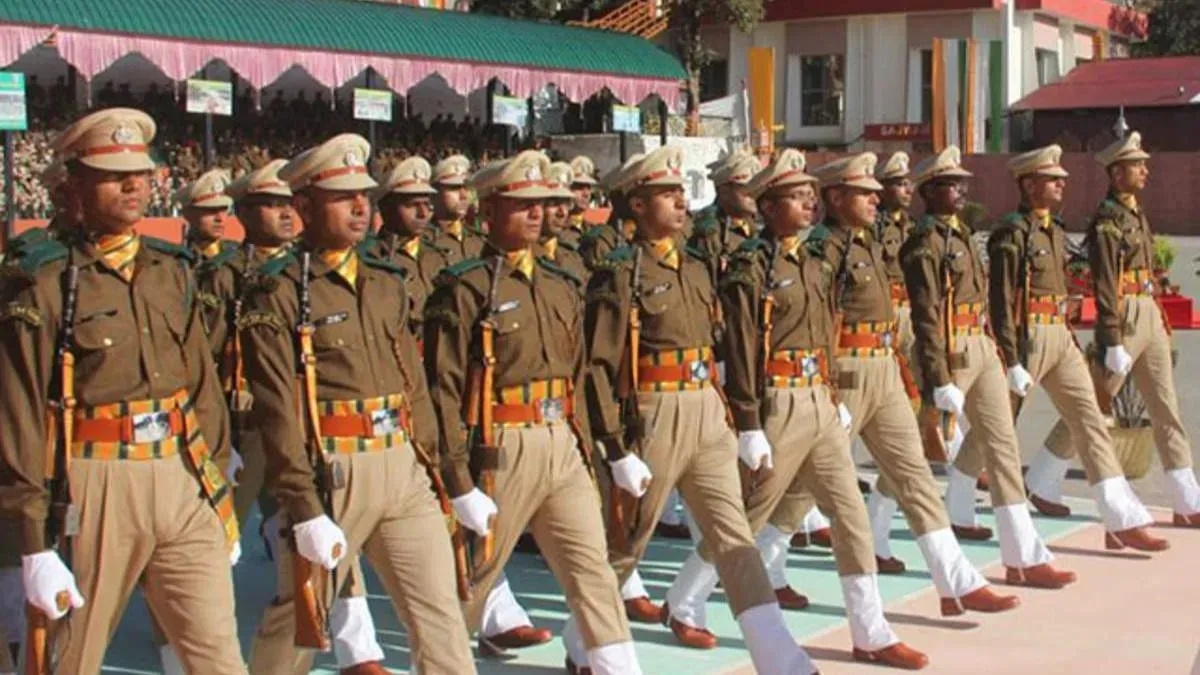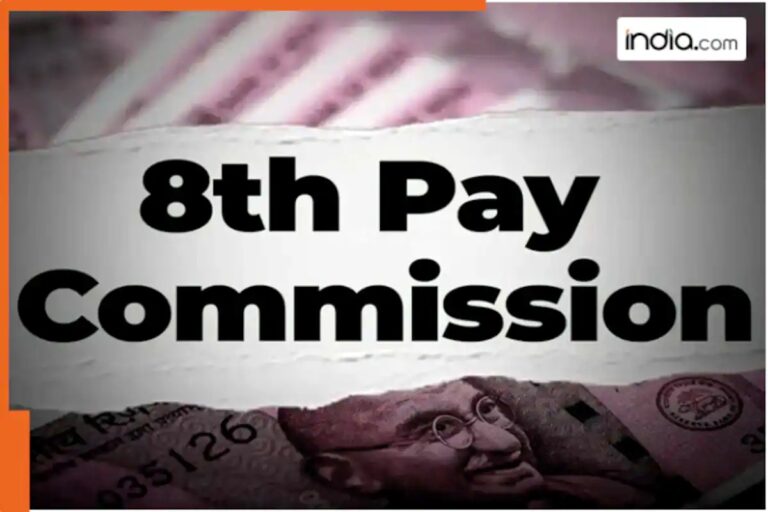
Revised Uniform Allowance Policy Addresses Longstanding Employee Concerns
The Ministry of Finance has introduced a revised policy that significantly improves the benefits for central government employees, particularly those in uniformed services. Previously, uniform allowances were disbursed annually in July, leaving new recruits to wait nearly a year before receiving their entitlements. This system, established in 2017, created dissatisfaction among employees who joined after July, as they faced delays in accessing critical financial support. The latest circular, issued on March 24, 2025, resolves this issue by introducing a pro-rata disbursement model. Under the new framework, allowances will be calculated based on the duration of an employee’s service within the fiscal year, ensuring timely financial assistance for all personnel. This change marks a pivotal step toward equitable treatment of government employees, especially those in the uniformed services, who often face unique financial challenges due to their operational requirements.
Understanding the Uniform Allowance Components and Calculation Method
The uniform allowance encompasses a range of benefits designed to cover the costs of uniforms, equipment, and maintenance. These include clothing allowances, initial equipment grants, kit maintenance support, robe and shoe allowances, and additional stipends for specific roles. The revised policy introduces a pro-rata calculation method, which determines the amount based on the number of months served within the financial year. For instance, an employee joining in August would receive a prorated amount equivalent to 11 months of service, calculated using the formula: (Annual Amount ÷ 12) × Number of Months. This approach ensures that new recruits receive a fair share of their entitlements immediately, reducing financial strain and aligning benefits with actual service duration. The new system also streamlines administrative processes, minimizing discrepancies and ensuring transparency in disbursements.
Eligibility and Allowance Variations by Role and Department
The uniform allowance varies depending on the employee’s role and department, reflecting the differing operational needs of various sectors. High-ranking officers in the Army, Indian Air Force, Navy, and Central Armed Police Forces (CAPFs) receive an annual allowance of Rs 20,000, while military nursing service officers and police personnel are entitled to Rs 10,000 per year. Lower-grade employees, such as those in the Railway Protection Force (RPF) and Indian Coast Guard, also receive Rs 10,000 annually. Additionally, personnel in roles requiring frequent uniform wear, including trackmen, station masters, and non-statutory canteen staff, are eligible for Rs 5,000. These variations ensure that allowances are tailored to the specific demands of each position, providing adequate support while maintaining fiscal responsibility. The updated policy also clarifies eligibility criteria, reducing ambiguity and ensuring that all qualifying employees receive their rightful benefits.
8th Pay Commission Proposal and Its Impact on Government Employees
In parallel with the uniform allowance reforms, the central government has proposed the 8th Pay Commission, which aims to enhance salaries and pensions for over 1 crore government employees and pensioners. This initiative is expected to bring significant financial relief, with salary increments determined using a formula similar to the 7th Pay Commission. The new pay structure will apply to employees across Level 1 to Level 10, ensuring a systematic and equitable approach to wage adjustments. While the exact figures for salary increases remain under review, the announcement has sparked widespread interest among employees eager to understand their potential financial gains. The 8th Pay Commission’s recommendations are anticipated to address long-standing concerns about wage stagnation and inflation, offering a pathway to improved living standards for government workers.
Broader Implications for Government Employee Welfare and Administrative Efficiency
The revised uniform allowance policy and the proposed 8th Pay Commission represent significant strides in enhancing the welfare of central government employees. By addressing longstanding grievances and introducing more equitable financial mechanisms, these reforms aim to improve job satisfaction and operational efficiency. The pro-rata disbursement model not only ensures timely benefits but also reduces administrative burdens, allowing resources to be allocated more effectively. Additionally, the 8th Pay Commission’s focus on salary and pension hikes underscores the government’s commitment to recognizing the contributions of its workforce. These changes are expected to foster a more motivated and financially secure public sector, ultimately benefiting both employees and the broader administrative machinery. As these policies take effect, their long-term impact on employee morale and service delivery will be closely monitored.




